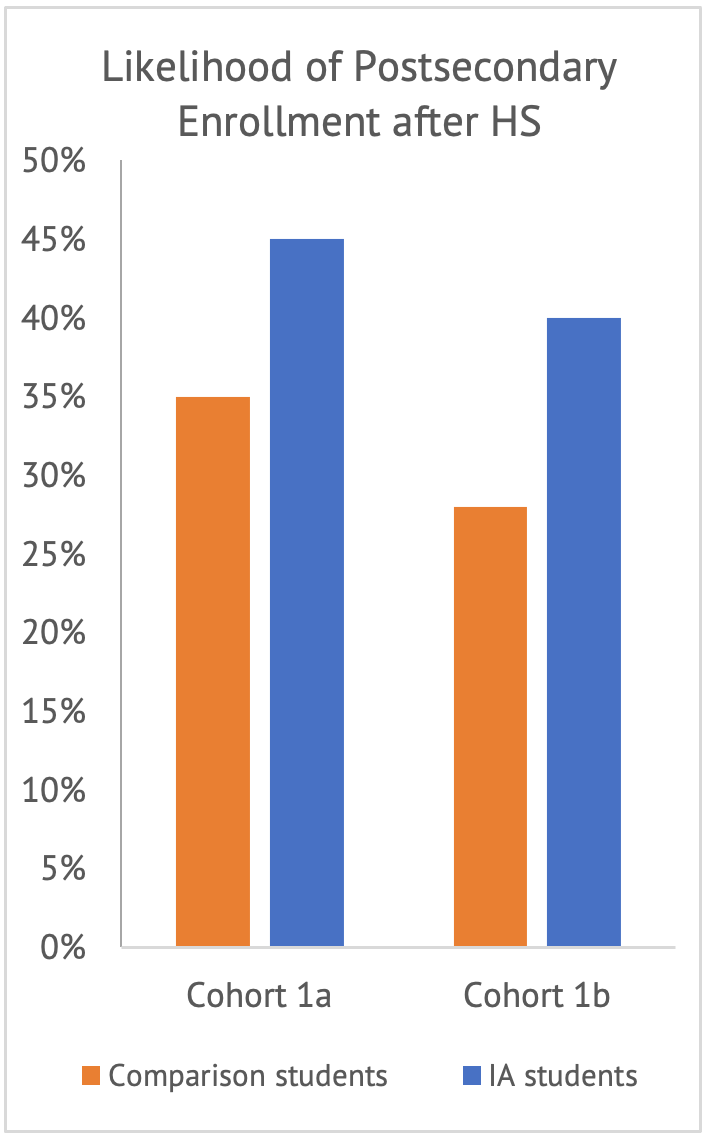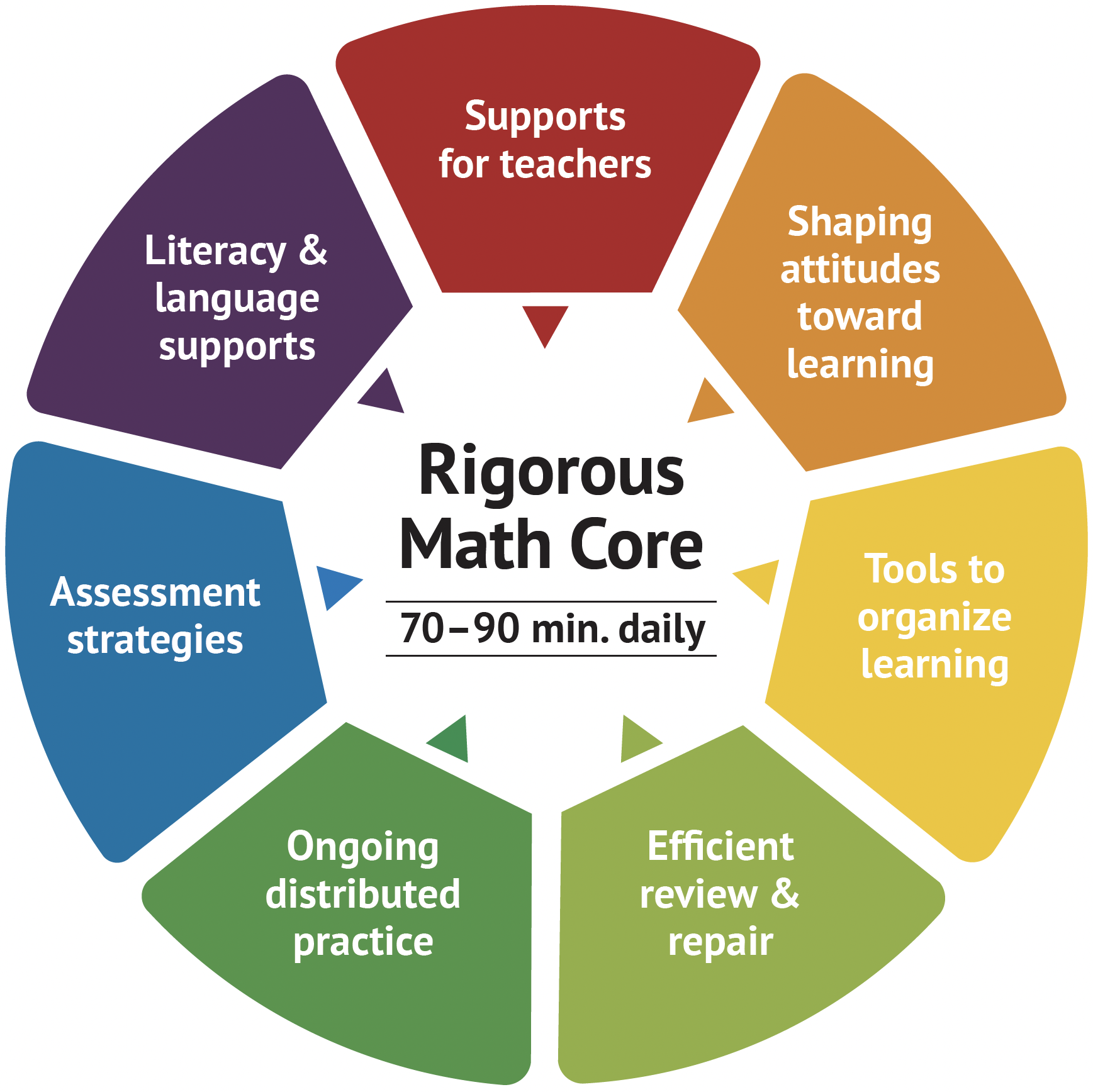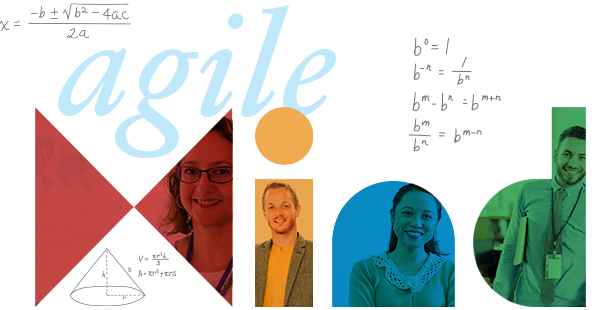Accelerate Learning with Intensification
DECEMBER 6, 2023
Education leaders today face a significant challenge – how to accelerate learning for middle and high school mathematics students who are behind. We have learned a great deal about what works and what doesn’t, and one thing nearly all can agree on: remediation does not work for large numbers of students.
Researchers have worked hard over the past several years to assess our nation’s progress and share results. Achievement data confirm that virtually all traditional approaches centered around remediation fall short of producing substantial gains. Intensification offers a powerful alternative that produces transformative results.
What is Intensification?
Grounded in research and developed by highly respected education leaders at The Charles A. Dana Center at the University of Texas at Austin, intensification is designed to repair students’ gaps in learning while supporting their engagement with rigorous grade-level content – with the ultimate goal of catching students up and fostering future academic success.
As Dr. Uri Treisman, a University Distinguished Teaching Professor at the University of Texas at Austin, and founder of the Dana Center, explains:
“When kids fall behind, well-meaning educators often respond by slowing them down. It is very hard to get students caught up by doing this! Intensification calls for a different approach: intensify the teaching of the content and, also — for students who are behind — intensify the social supports.”
This groundbreaking approach enables students to develop strong mathematical understanding, sometimes for the first time in their academic careers. It helps educators foster welcoming, productive classrooms and dramatically lifts the motivation and achievement of their middle and high school students.
Key Principles of Intensification
1) Just-in-Time Instruction vs. Just-in-Case Instruction
Traditional remediation re-teaches and drills students on prior grade learning. For many learners, this is boring and frustrating. Intensification, in contrast, introduces students to new grade-level content while simultaneously, and ‘just-in-time,’ reinforcing foundational knowledge and addressing misconceptions.
2) Using Additional Time to Speed Up vs. Slow Down
Many strategies for struggling students involve additional time, but use that time to slow or repeat instruction. Intensification utilizes extra time to accelerate learning by providing scaffolding, additional representations of concepts, and real-world applications that maintain cognitive engagement.
3) Conceptual Development vs. Repetition
Intensification prioritizes conceptual understanding and problem-solving skills over pure memorization and repetitive drilling. It helps students develop strategic competencies, problem-solving abilities, and mathematical communication skills, combining foundational understanding with deliberate practice.
4) Social-Emotional Skill Building vs. Lowered Expectations
Adolescent learners face more persistent and pervasive social and emotional challenges than ever. While remediation leaves these concerns unaddressed or deepened, intensification fosters positive academic identities, motivates students, and builds skills for productive engagement and persistence in challenging academic work.
Intensification Produces Dramatic Results
To increase the likelihood that educators can enact intensification principles for those students at the greatest risk of failure, Agile Mind and the Dana Center – in collaboration with the Learning Sciences Research Institute at the University of Illinois at Chicago and leading educators throughout the country – developed Intensified Algebra I and Intensified Mathematics I.
The curriculum integrates the principles of intensification into its core design:
Agile Mind’s Intensified programs incorporate tools and strategies proven to have the greatest impact on struggling students
From 2012-2022, Agile Mind and the Charles A. Dana Center at The University of Texas at Austin led a College Readiness Math Initiative (CRMI) in collaboration with College Spark Washington (CSW) and the Washington Office of the Superintendent of Public Instruction (OSPI) designed to prepare low-income students for college math without the need for remediation.
Over multiple years, external evaluators from The BERC Group studied the quantitative and qualitative impacts of implementing Intensified Algebra I for students who enter Algebra I 2-3 years behind and struggling with mathematics.
Key findings are summarized here:
Participation in Intensified Algebra resulted in significant achievement gains.
Across all cohorts and multiple years in almost 40 communities, IA students had higher grades and lower failure rates than students in comparison groups, and 7 of 8 cohorts showed statistically significant positive effects from IA, up to a .55 effect size—far beyond what is designated as “breakthrough.”
 Years after participation, IA students continued to achieve gains.
Years after participation, IA students continued to achieve gains.
Participation in the program was associated with success on the Smarter Balanced Exam a full year later. Three years later, in 12th grade, IA students had an average math GPA a full half grade higher than comparison students.
Also, as noted in the chart, college enrollment data just now available for the initial cohorts show a statistically significant higher chance that IA students enroll in a post-secondary institution in their first year after high school graduation than students in the matched comparison group.
IA was associated with growth among both teachers and administrators.
Despite high turnover and the changing landscape, IA teachers became leaders in their schools, sharing IA strategies—such as mindset work and engagement strategies—and positively affecting math departments through the sharing of IA training and materials.
IA strengthened learning cultures and socioemotional development.
Evaluators found IA classrooms more collaborative, welcoming, and supportive of the transition from middle to high school, and qualitative analysis indicates IA students developed greater confidence, maturity, engagement, and willingness to take academic risks.
IA supported students and teachers through COVID disruptions.
Enactment of IA during COVID was associated with more consistent student attendance, and online materials were described as “extremely helpful” for distance learning efforts.
Jessica Harder from Bethel School District, one of the participating districts, shares the impact of the program:
“For me, the biggest pieces that make a difference include teaching kids that there are multiple entries, more than one way to approach a problem. We help them build a toolkit they can access when they run into trouble. Students are making diagrams and models and learning different ways to represent things.
Also, seeing how reserved and shy students are when they first come into the program and how they develop the ability to collaborate and explain their work to each other… It has really impacted me as a teacher watching how these growth mindset lessons affect their learning, confidence, and self esteem.”
Hear what Agile Mind students say about developing belief in themselves.
As school districts nationwide seek innovative solutions to accelerate adolescent math learning, Intensification is a proven model that helps struggling students catch up and empowers many to outperform their peers. Intensification reshapes the landscape of mathematics education, accelerating learning and ensuring every student can succeed and thrive academically.
Contact us to learn more about the Dana Center/Agile Mind Intensified programs that enable schools and educators to achieve results and transform the learning culture, and share this information with your network through the links below.




